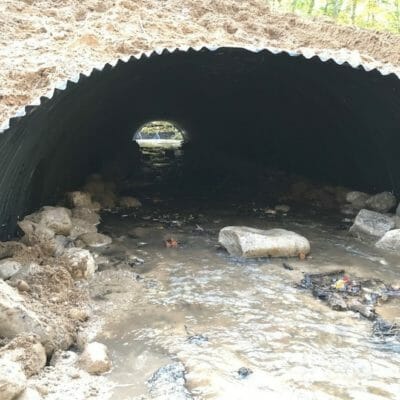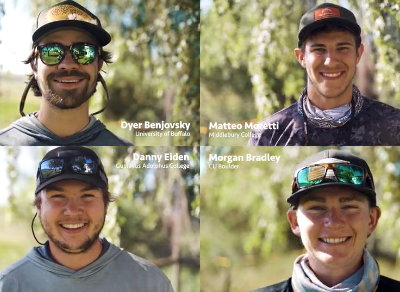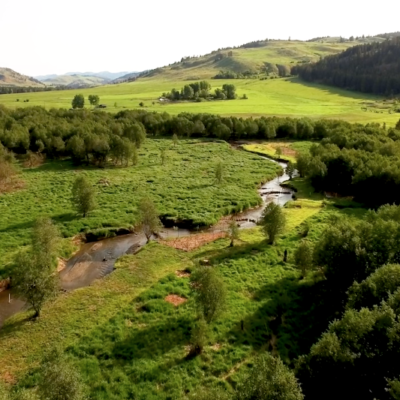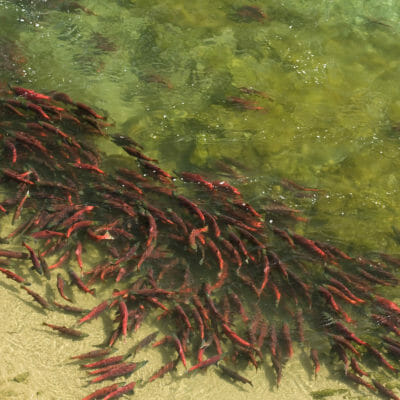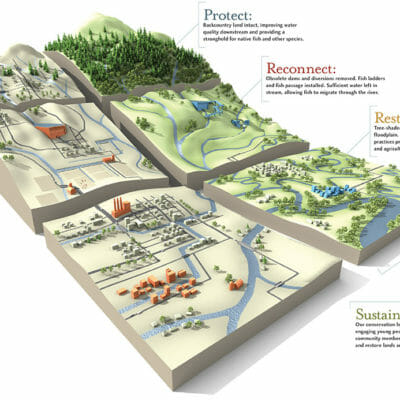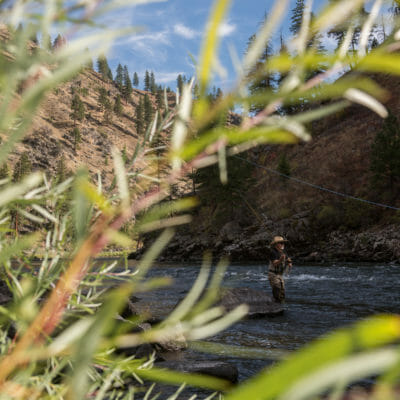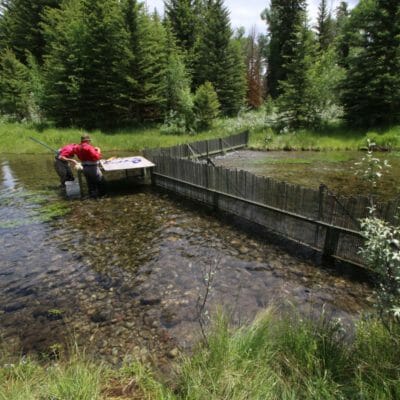By Matthias Bonzo In 2019, TU worked with its partners to complete two road stream crossings in the Huron-Manistee National Forest in Michigan. The crossings were on Boswell Creek, in Manistee County, and on Hinton Creek in Wexford County. Boswell Creek is a tributary of Bear Creek and contains a healthy population of brook trout.…
by Andrew Loffredo | January 3, 2020 | Community, Advocacy, Conservation, Fishing, steelhead, TROUT Magazine, TU Costa 5 Rivers, TU Costa 5 Rivers Odyssey, Video spotlight, Youth
Matteo Moretti, Dan Eiden, Dyer Benjovsky and Morgan Bradley spent last summer like most college anglers do—fishing. However, this was no ordinary fishing trip. Over the summer, the four college students involved in TU Costa 5 Rivers Programs across the country explored the Columbia River drainage for five weeks. Their mission: to gain a greater understanding of what has happened to worlds former salmon stronghold. In…
by Chris Hunt | December 31, 2019 | Community, Advocacy, Conservation, Fishing, Fly tying, Government Affairs, steelhead, TROUT Magazine, Video spotlight, Youth
We produced or help fund a number of films and video in 2019. Here are our favorites:
Bristol Bay The clear, cold rivers of the Bristol Bay region in southwest Alaska support some of the strongest remaining salmon runs in North America. These waters entice anglers, tourists and other outdoor enthusiasts from around the globe to view rare and majestic wildlife, marvel at an untouched landscape, and chase trophy rainbow trout and salmon. The region is under imminent threat…
This letter first appeared in the 2018/2019 Trout Unlimited Progress Report When we look around at the staff, the volunteers, the business owners and the tireless advocates who make Trout Unlimited what it is today, we see what follows when you mix a little work ethic with a strong dose of backbone. Short answer? You get things done. TU…
Join us January 6 for a brown bag discussion about bringing back fishable and resilient populations of salmon and steelhead to the lower Snake River. Presenters: Rob Masonis, vice president western conservation, Trout Unlimited Helen Neville, senior scientist, Trout Unlimited When: Jan. 6, 12 pm PST Register in advance: Email sstephenson@tu.org for call in info For…
December 23, 2019 Contacts: Leslie Steen, Snake River Headwaters Project Manager, Trout Unlimited, 307-699-1022, lsteen@tu.org JACKSON, Wyoming –Trout Unlimited (TU) announced today that on-the-ground implementation for the Bar BC Spring Creek Fish Passage & Channel Restoration Project is currently underway. The project is a collaboration between agency partners and private landowners to improve fish migration into…
